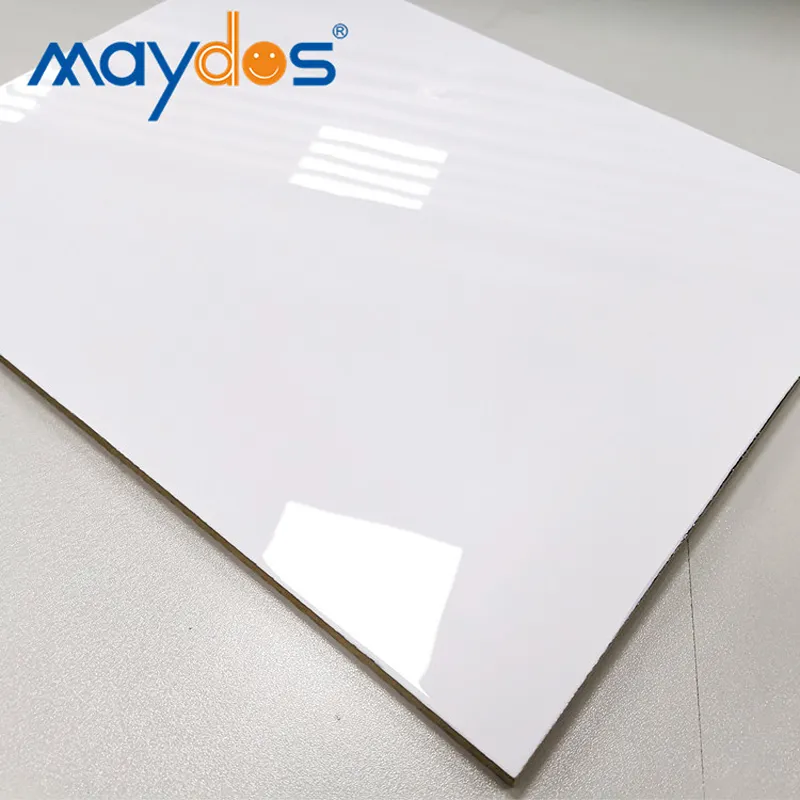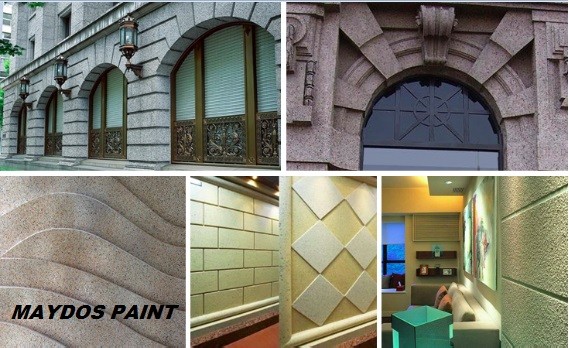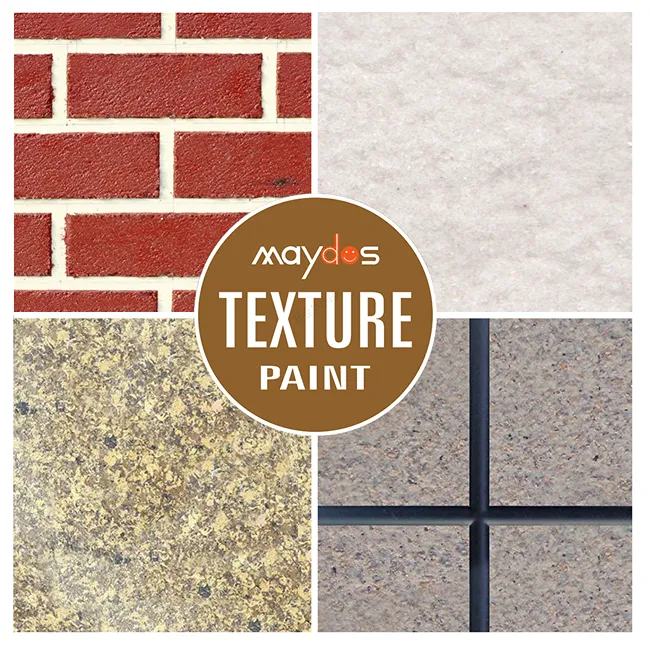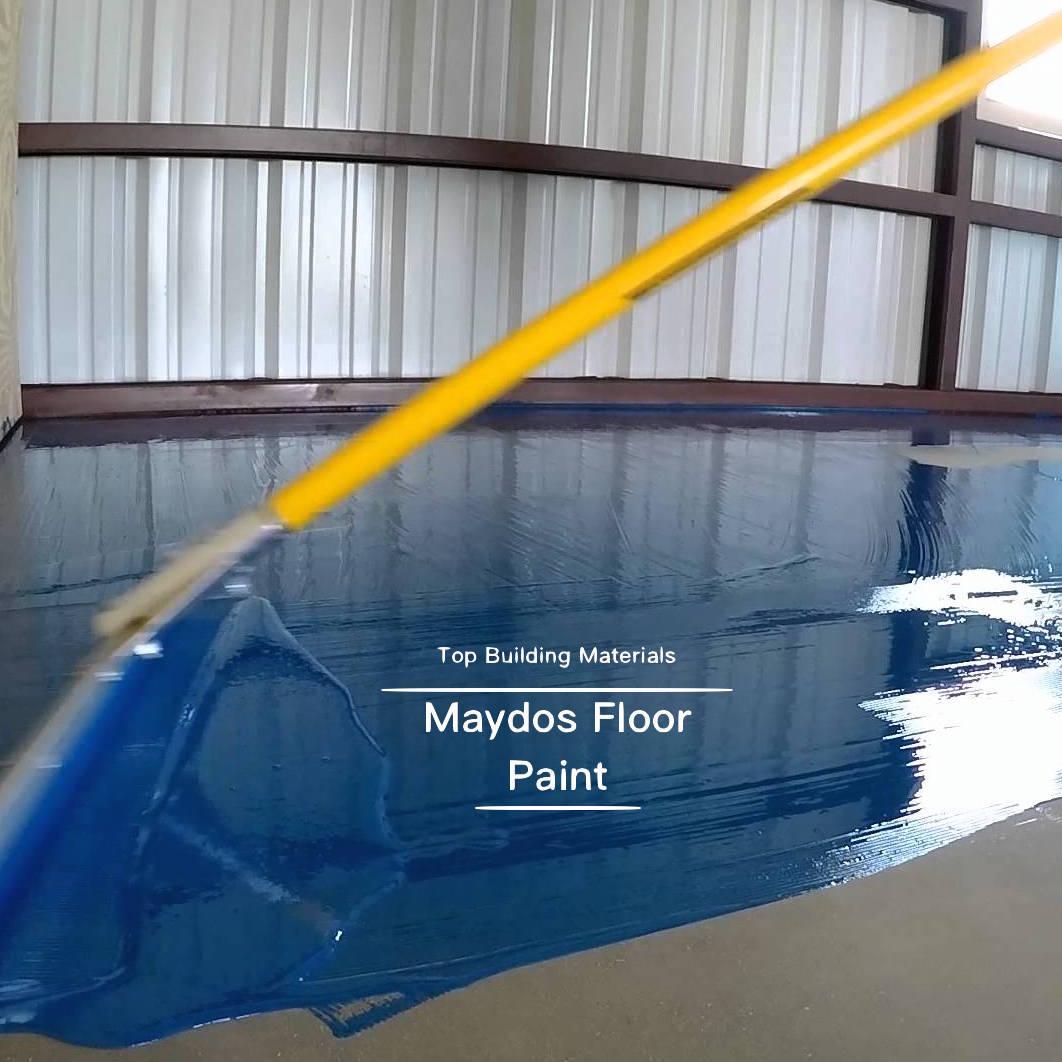Coating Factory
A coating factory is a place where you can apply coatings to metal parts and other types of plastics. These coatings are durable and abrasion resistant, providing a beautiful appearance to the surfaces they cover.
The process involves blending pigments, additives and resins in a specialized manner. The coating is then applied by spraying or dipping to the substrate’s surface.
PVD Coating
PVD Coating is an extremely durable coating technique that can be used on a variety of different objects. The process involves using a vacuum chamber to coat products and materials with a thin film of a specific material.
There are a number of advantages to PVD coating, including its durability, quality, and aesthetically pleasing appearance. It is also environmentally friendly and safe to use, which is important for a variety of industries.
Unlike electroplating, the PVD process doesn’t require any toxic chemicals to be disposed of, which makes it an excellent choice for many manufacturers. Furthermore, it can be applied to a wide variety of materials, including metals and plastics.
It can be used on a variety of different products, from jewelry to medical devices. It also provides great colors and adds chemical and wear resistance to products.
In this process, a target is placed in a vacuum chamber and bombarded by a beam of ions that dislodge atoms of the metal or material to be deposited. These atoms then travel through the vacuum and condense into a vapor, essentially turning the object into a metal coating.
This specialized process is done in a specialized chamber that is sealed and airtight, and the vacuum must be accurately maintained to ensure the coating material doesn’t react with any other contaminants present in the room. In addition, the vacuum must be controlled to ensure a uniform deposition of the coating.
Once the vapor has been deposited, it is transported to a substrate, which then undergoes a series of steps to create a thin coating on its surface. In some cases, reactive gases like nitrogen, oxygen or acetylene are added to the vapor stream to create different compound coating compositions.
The result is a micron-thick, highly adherent layer of coating on the surface of the product or item being coated. The resulting PVD coating is highly resistant to chipping or flaking, and it is very hard to remove without damaging the base material. The coating is also very resistant to corrosion and rust, which can make it an ideal choice for outdoor products.
E-Coating
E-Coating is a process that applies an anti-corrosive coating to metal parts. It is a popular choice for a variety of industries because it provides corrosion resistance, durability and long-term protection.
The e-coating process involves immersing the metal part in a liquid solution. Once the part is fully submerged, it is passed through an electric current to draw the paint particles suspended in the solution toward the part’s surface. This creates an even, continuous and low-profile film across the entire surface of the product.
This method of painting is a cost-effective way to provide a full, uniform coat for parts with nooks and crannies like wall brackets and metal-framed chairs. It’s often used in mass-production hardware.
A variety of materials are suitable for e-coating, including aluminum, zinc, brass and steel. In addition, this process can be applied to other materials that conduct electricity.
It is a great way to ensure that your metals get a consistent, high-quality finish, especially when it comes to jewellery and other delicate items. It also provides an extra layer of protection against wear and tear.
However, e-coating can be a tricky business. The first step is to pre-treat the metal to make sure it can handle the e-coating process properly. This includes cleaning the item and phosphating it to make sure it’s ready for the coating process.
After the pretreatment, the item is placed in a paint bath that consists of water and an assortment of pigments and resins. It is then passed through an electrical current to attract the pigments and resins to the surface of the metal.
Once the pigments and resins are bonded to the metal, they are baked in an oven for a hard, durable finish. This process is also an environmentally friendly option because it requires less energy and produces fewer volatile organic compounds (VOCs) than solvent-based spraying.
Electrocoating is a popular option for jewellery designers who want to add an unconventional color or hue to their products. This technique allows them to add a vibrant, eye-catching colour that’s difficult to achieve using other methods of designing.
Powder Coating
Several industries use powder coating to protect their products and to reduce environmental impact. Among these are the automobile industry, which uses it to coat numerous parts including radiators, wheels, bumpers and engine blocks.
The powder coating process involves applying a dry coating material to the surface of a component with a spray gun. This coating is made of finely ground particles of resin and pigment for color, along with additives for specific functions like gloss or hardness.
Before powder coating can be applied, the surface must first be cleaned and cured. A wide variety of pretreatment processes are available for removing oil, dirt, lubrication greases, metal oxides, welding scale and other contaminants from the part’s surface. Some processes are better suited to specific materials and performance requirements.
For instance, some heat-sensitive plastics and composites may need plasma treating before they are powder coated. This is done to improve powder adhesion and abrasion resistance.
Once the part is prepared, it is sprayed with a thin layer of the coating powder and then moved into a curing oven. The oven’s temperature will determine the amount of time it takes to cure the powder coat. Common curing schedules for powders in the US and Europe are 200 degC (390 degF) object temperature for 10 minutes, but advanced hybrid systems operate at a higher temperature of 150-160 degC (300-320 degF).
If the part is not ready to be coated, the manufacturer can remove the powder coating through a burn off process. This method is used to remove powder coating from thinner-gauge parts, which have trouble holding up to the high temperatures of a curing oven.
Some coating operations utilize an elaborate system of pretreatment equipment that includes a spray booth and an oven for drying the coating. This is an ideal solution for large companies that need to produce a lot of product and need a high level of quality control. However, these systems are expensive and are usually not required for smaller powder coating operations.
Another option is to purchase finishing equipment from a vendor. These vendors offer standard equipment, design and build services for custom powder coating systems as well as employee training and maintenance services.
Spray Booth
Spray booths are used for coating industrial products. They are a vital tool for any manufacturer that wants to get a high-quality finish. They can eliminate environmental factors that may affect the finished product, and they help to ensure that your coatings are smooth and uniform.
There are many different kinds of spray booths available, but they all have one common goal: to provide a safe and controlled environment for the spraying process. They also help to remove the fumes, particles and other materials that may be present in the air, which can pose a health hazard for the employees.
They can also help to keep the paint or other coating material from drying too fast, allowing you to get more done in one session. This is especially important for smaller jobs.
The spray booth is usually a permanent ventilated enclosure that is designed to meet applicable national and local codes. They often include exhaust fans, appropriate lighting fixtures and exhaust particulate filters that collect overspray materials.
A spray booth can be a standalone structure or part of an overall manufacturing facility. Some industrial finishing processes are specialized and require special equipment, such as electrostatic painting or powder coating.
These processes may require a more complex system than a simple spray booth, which is why they need to be properly designed and installed. These systems must meet specific safety requirements to prevent injuries or other problems, and they also need to be able to withstand the harsh environmental conditions of the industrial manufacturing process.
They can be designed to accommodate a wide variety of sizes, from small to large, and they should be flexible enough to handle the different types of paint or other coatings that you are applying. They can also be manufactured to match your unique production needs.
These booths are an essential part of your industrial manufacturing process and should be considered an integral part of your workplace. They not only protect the environment, but they also help your business to grow and improve its profitability. They can also improve the appearance of your products, and they are essential to the safety of your workers.





















